EAT IN ASIA / Lifestyle / Shop
Eng Bee Tin - Home of the Best Hopia, Tikoy & Mooncakes in Ongpin, Binondo (Chinatown) Manila
Tags: PHILIPPINES








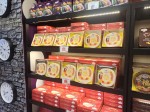
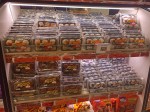




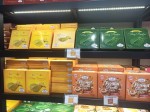






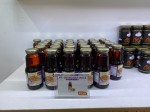
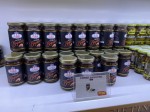
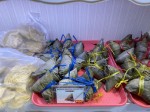
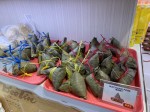
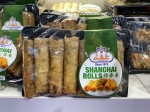
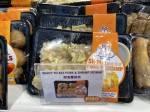
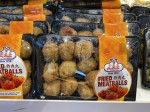
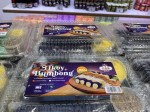




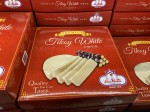
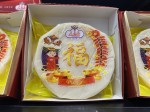
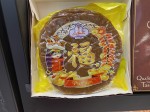

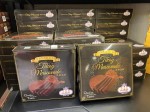
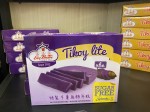
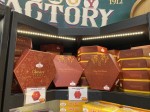
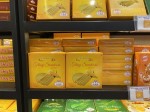
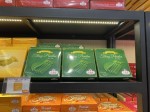


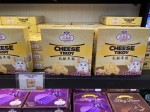


Chinese delicacies in the heart of Chinatown, Ongpin, Binondo in Manila, in the Philippines. With a long history and with a long tradition, this brand cannot be missed on your culinary itinerary. Delicacies like hopia or bakpia, tikoy and mooncakes are only some of the staples of the Eng Bee Tin brand.

With multiple stores located worldwide and with dozens of them in the Philippines, you should visit at least one of them during your stay in the country of 7641 islands. Actually, Eng Bee Tin exists in nearly twenty countries! However, only in the Philippines, there are over forty stores located in many cities! If you had to go to only one of them, you should go to the flagship store located in the heart of Chinatown in Manila. The exact address of this store is 628 Ongpin Street, Binondo, Manila 1006.
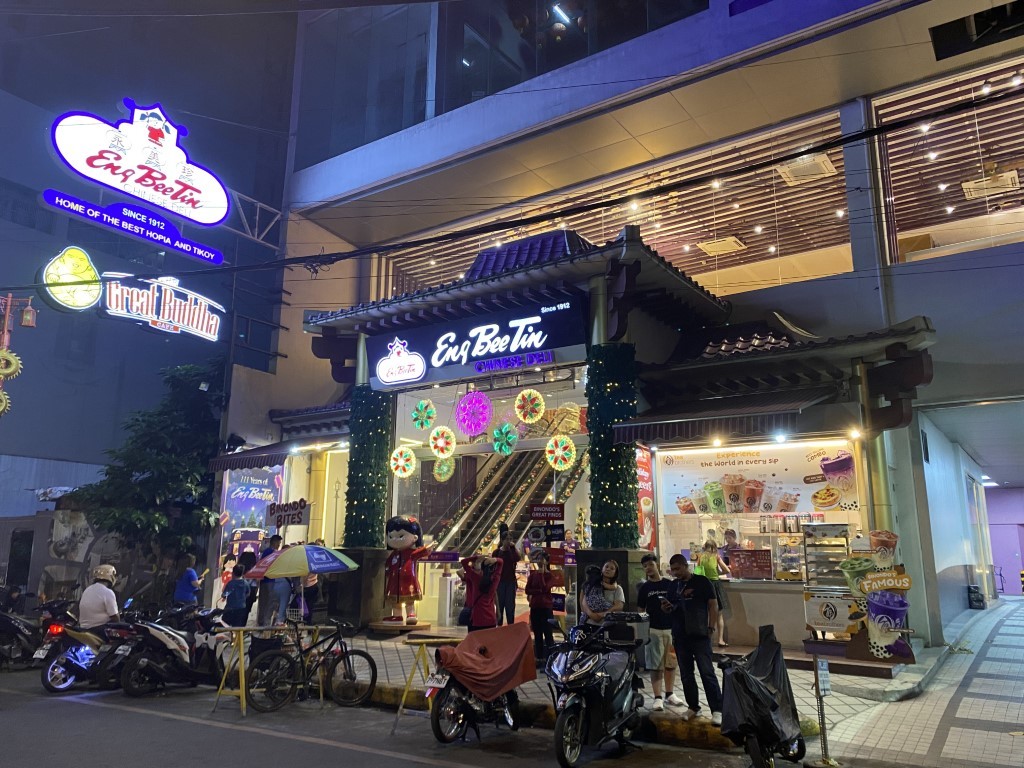
And what is good, is that it is opened the whole week long, so even on Sundays you will have an option to make some shopping there. And there is always plenty of people. No matter what time or on which day you go, the store is crowdy. If you think you would be smarter and go before the opening and be the first customer, you should go really well in advance, as otherwise you will be queuing in a long line. Yes, that is true, even before the opening time people gather in front of the entrance door, take pictures from the outside and wait for being let in!

If you are spending more time in one place, the best option would be to observe rush hours in the store and if it is not overcrowded, then go inside, otherwise, you could wait for a better chance. That is what we did, and let’s say, we were more successful than expected. We picked the moment between the early opening hours and the lunch time. In consequence, all these persons that were so impatient and wanted to be the first one in the store already did there shopping. And at the same time, we were just before the lunch time, so many people were in other places and concentrated on their meals.
Eng Bee Tin Flagship store in Ongpin, Binondo in Manila, Philippines

This Eng Bee Tin Flagship store was established at the beginning of the 20th century, in 1912. Starting from that time, it was selling traditional Chinese delicacies including glutinous peanut balls, rice cakes, mooncake like pastries filled with beans or traditional Chinese New Year’s cakes named tikoy.

Eng Bee Tin staples and classic products
Sweets and desserts
Tikoy
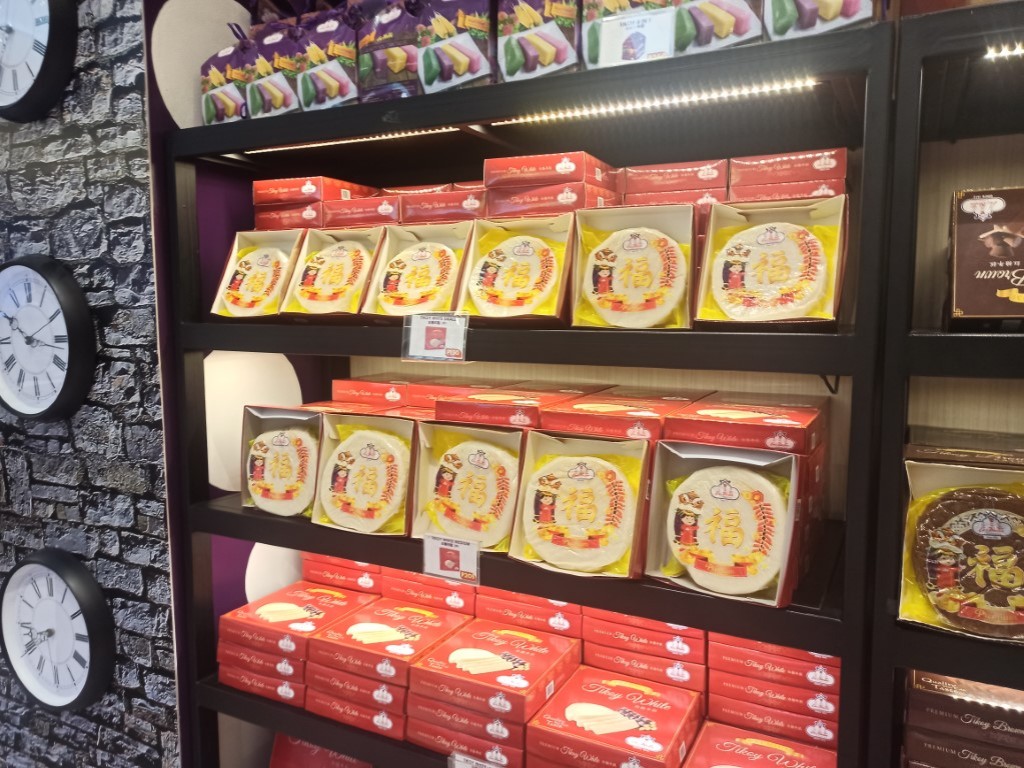
Tikoy is a traditional Chinese New Year’s cake, that is prepared from the glutinous rice flower and although the original tikoy recipe is with no added aromas, nowadays you can find many flavored tikoys to meet customers’ expectations. And as the first store was set up in Manila, Philippines, the list of obligatory flavors had to include the ube taste. I believe that all other classic flavors like vanilla, chocolate, caramel or strawberry could not exist for local people as long as the ube one is available. The ube flavor is a must. And this applies to all treats.
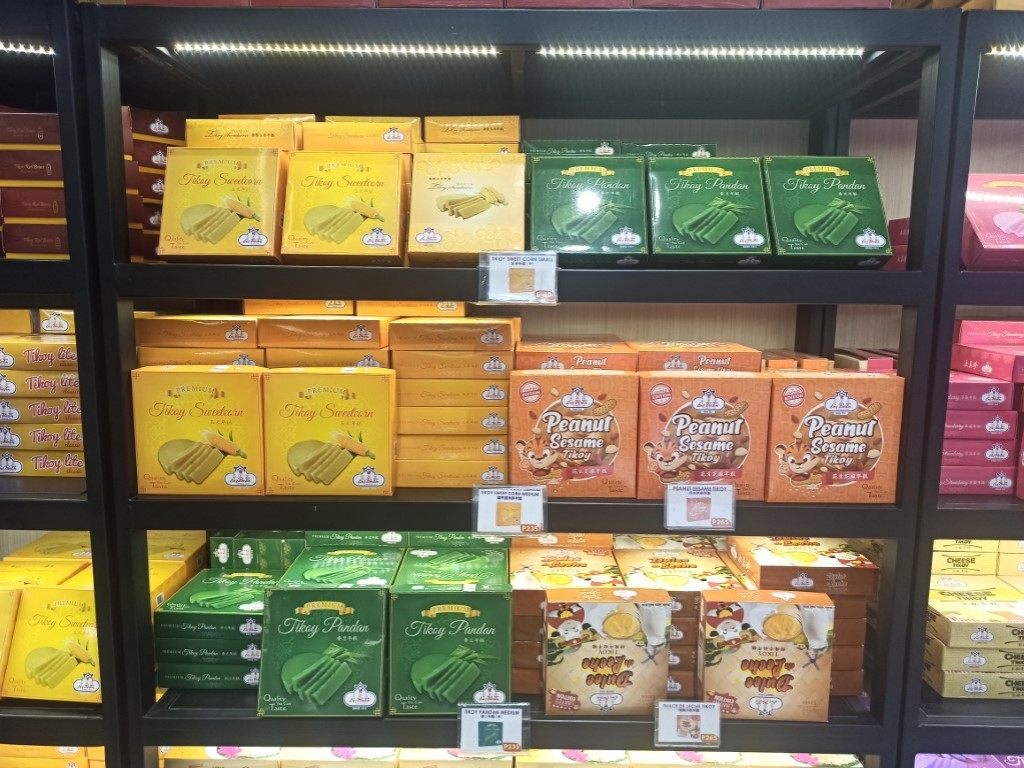
Apart from this ube aroma, the pandan and the coconut flavors are also very popular. Then comes dulce de leche that is a taste adopted by Philippians after the Spanish era.
So, although tikoy is a dessert prepared in the Chinese culture for the New Year’s Eve and although traditionally it is a plain delice, there exist a huge list of tikoy’s varieties.
To these the most popularly selected are, in the Philippines, these with ube, pandan, coconut, sweet corn, red beans and with dulce de leche.
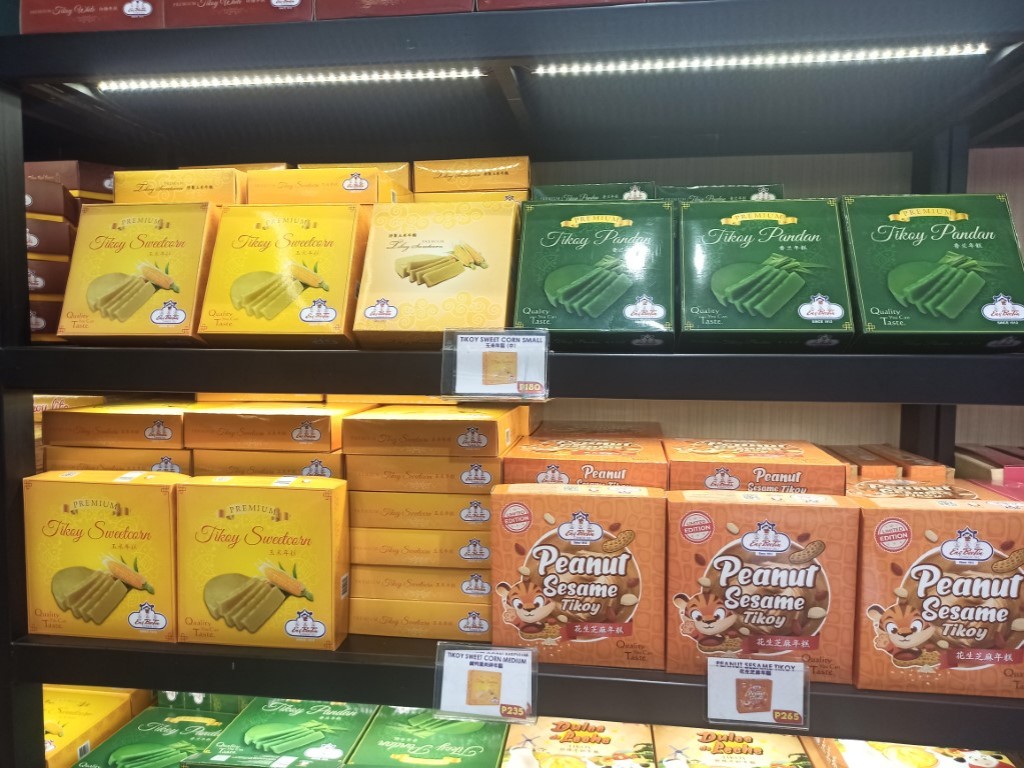
Apart from that, you will get such classic flavors like strawberry, peanuts and chocolate. Finally, for all lovers of the Thai cuisine, there is mango sticky rice aroma! And last but not least, if you are looking for a slightly caramel note, you could have a Muscovado tikoy.
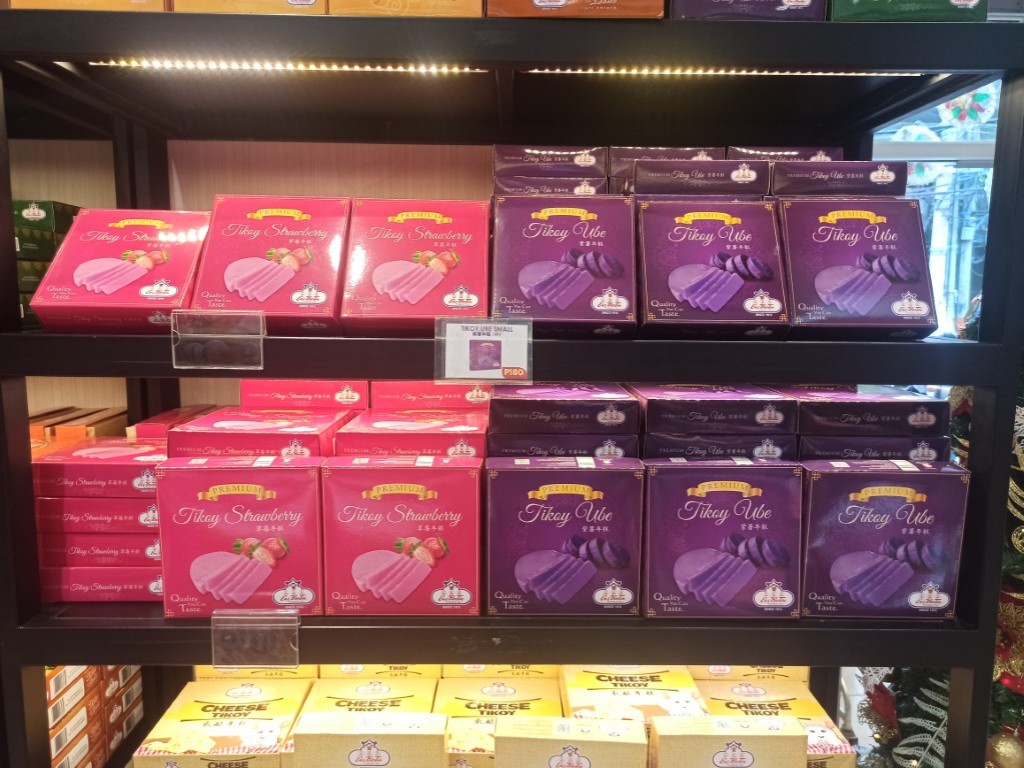
Tikoy sweet tastes – traditional Filipino flavors
- Tikoy white
- Tikoy pandan
- Tikoy ube
- Tikoy lite ube with no sugar
- Dulce de leche tikoy
Tikoy sweet tastes – international, classic flavors
- Tikoy strawberry
- Tikoy brown
- Tikoy Muscovado
- Mango sticky rice tikoy
- Peanut-sesame tikoy
Savory tastes – traditional Filipino flavors
Mooncakes
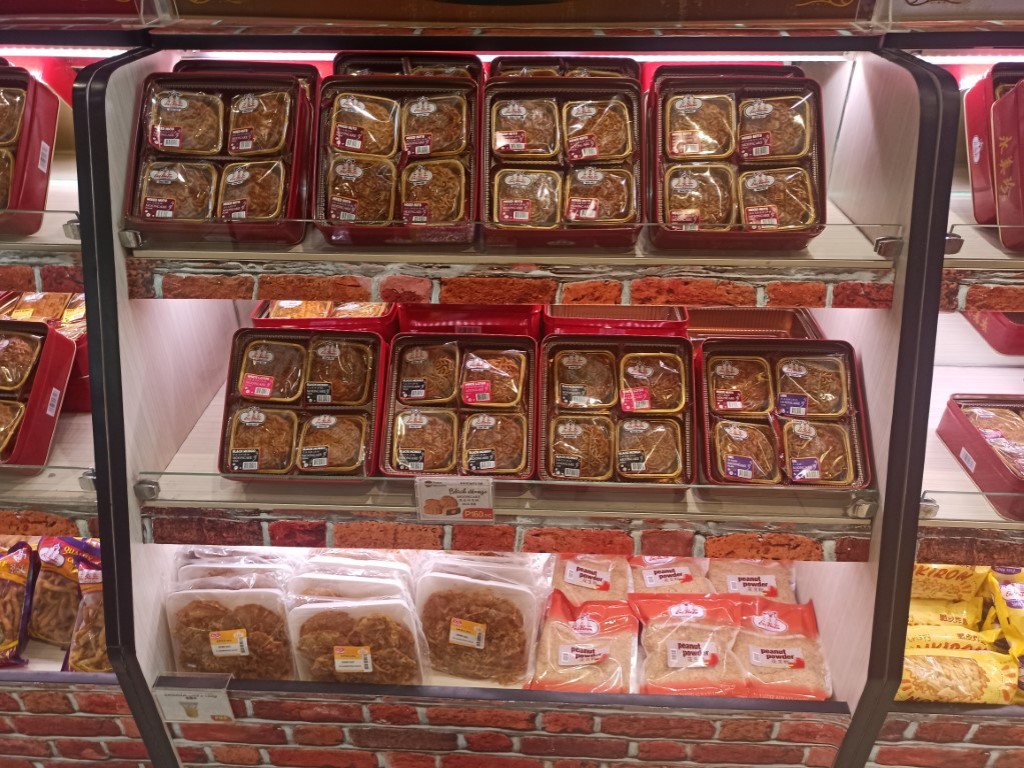
Another traditional Chinese dessert that could not be forgotten is of course a mooncake. Mooncakes are usually prepared for the festival that takes place in the middle of Autumn. During these days, friends and families gather, celebrate and offer each other sweets. And the dessert that is the traditional one to be handed is this mooncake, that nowadays can have multiple flavors. Originally, although the filling might include any taste that was obtained from any food that could be made into paste, these the most common ones included the taro, pineapple and the red bean flavor.
Apart from mooncakes’ flavors that were listed above, Eng Bee Tin offers:
- White lotus mooncake
- White mango mooncake
- Black mango mooncake
- Mixed nuts mooncake
Hopia
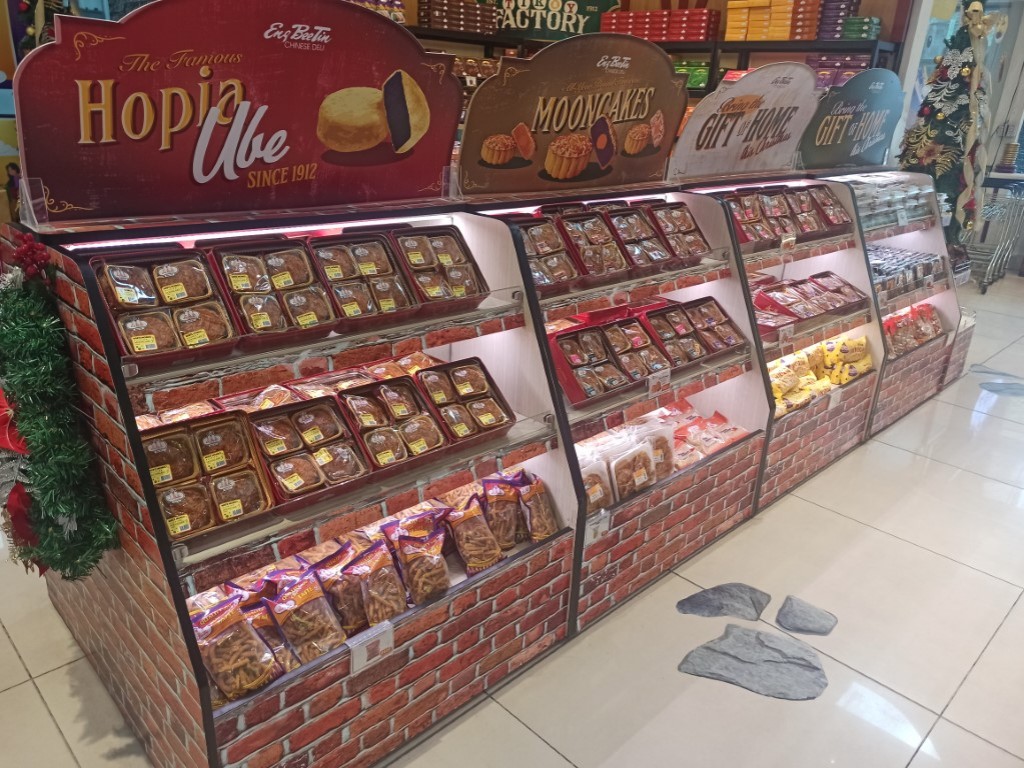
And if there are mooncakes, in the Philippines, hopia must exist too. Hopia is a mooncake like pastry that is typical for Indonesia and for the Philippines. Usually, hopia is filled with a red bean paste but as all other traditional snacks or quick bites, they have nowadays multiple flavors. These the most popular include of course the ube and the pandan flavor. These two flavors give also the most colorful filling, purple-violet and green respectively.
Eng Bee Tin most popular hopia flavors
- Hopia ube
- Choco-nut hopia
- Hopia mango
- Hopia custard
- Hopia ube queso
- Hopia ube pastillas
- Hopia kundol
- Hopia ube langka
- Hopia red mango
- Hopia mochipia ube
- Hopia custard ube
- Hopia buko pandan
Mochi balls
Although mochi balls are originally Japanese sweets, they are very popular in many southeast Asian countries. These cakes are prepared from a sweet, glutinous rice flour and have many colors. Mochi balls are delicate, little cakes that have a sweet filling. Traditionally, the sizeof the mochi ball should be relatively small, so that the whole cake can be eaten at once, just as a single bite delicacy. Given the fact that mochi balls originate from Japan, their most typical color could not be different than a green, violet or neutral one. These colors are natural and come from the matcha tea powder, red beans and from the plain rice respectively.
The sweet filling of mochi balls can range to almost everything starting from such classical aromas like chocolate, mocha or banana and ending on these flavors characteristic for some countries, like for example the ube filling for the Philippines.
The whole dessert has a nice, delicate and a slightly chewy texture that is elastic and smooth at the same time. That is why this product could not be skipped on the product list of the Eng Bee Tin brand.
The most popular Mochi balls in the Eng Bee Tin store
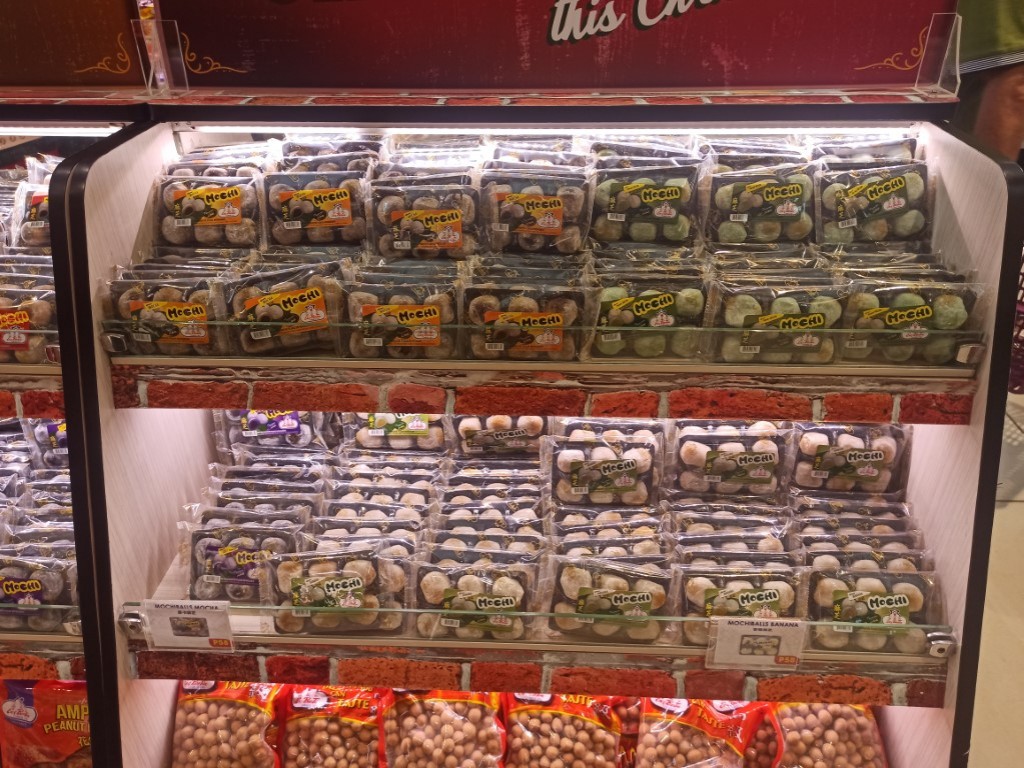
- Mochi balls choco-orange
- Mochi balls banana
- Mochi balls mocha
- Mochi balls honey melon
- Mochi balls ube
Tikoy rolls
Tikoy rolls are delicacies that combine a traditional tikoy dough with some filling. These rolls are a flavored or plain tikoy dough wrapped around a mango stuffing. Apart from that, tikoy roll peanut and tikoy roll sesame are additionally sprinkled with nuts or seeds.
The most popular tikoy rolls include
- Tikoy roll peanut
- Tikoy roll ube
- Tikoy roll plain
- Tikoy roll sesame
- Tikoy roll pandan
Tikoy Bumbong
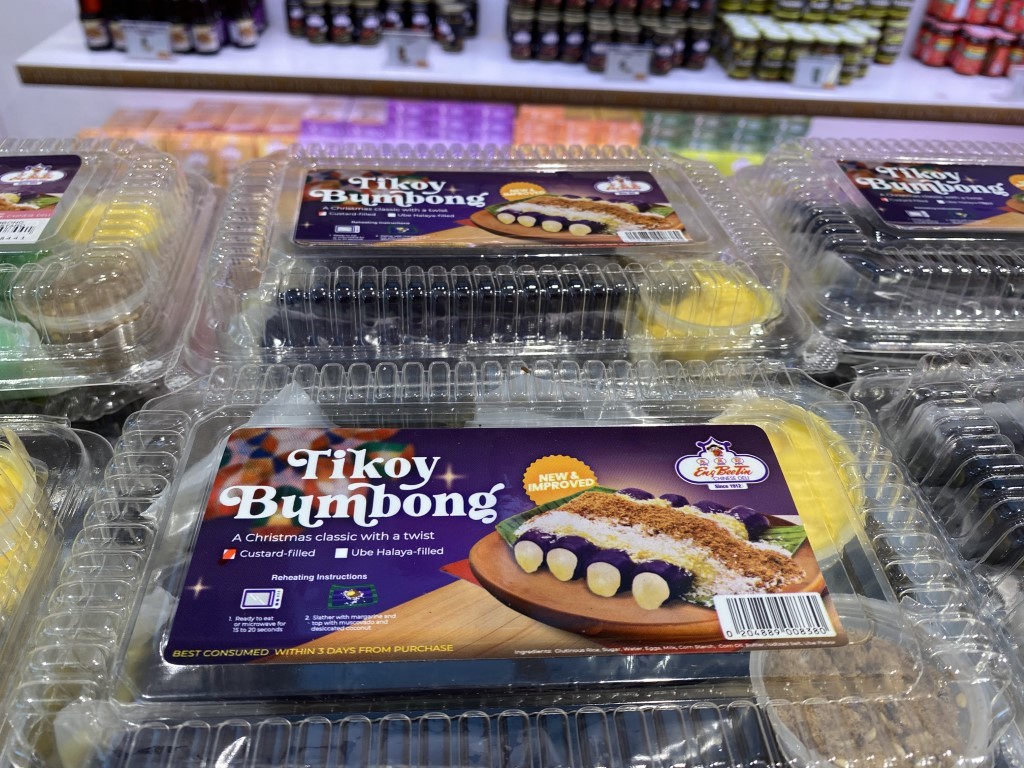
Puto bumbong is one of staple cakes in the Philippines. It is a rice cake that is cooked or rather steamed in a bamboo stick. Puto bumbong is traditionally made of a glutinous purple rice. This unique black, purple rice variety is called pirutong. However, nowadays, many vendors and confectioners prepare puto bumbong from a white, glutinous rice flour and then add usually natural colorants obtained, for example, from ube – a purple yam.
Tikoy bumbong offered by Eng Bee Tin is a new product that was introduced just before the Christmas time. And that is not a coincidence. Traditionally, puto bumbong was a favourite morning snack just before an early mass.
Although the offered selection of tikoy bumbong is not very wide, two main flavors include a creamy custard filling and an Ube Halaya one.
Tikoy bumbong varieties
- Tikoy Bumbong with custard filling
- Tikoy Bumbong with Ube-Halaya filling
Other desserts
Eng Bee Tin has in its offer also other traditional Chinese delicacies like for example Chinese prosperity cakes or turnip cakes and puffed rice rolls.
Chinese fortune cakes AKA Chinese prosperity cakes (fa gao)
Chinese fortune cakes AKA Chinese prosperity cakes (fa gao) are delicate and very soft sweet Chinese cakes that have a characteristic shape that resembles a bloomed flower. This dessert is prepared from a rice flour mixed with yeasts and sugar.
Ampao peanut rolls
Apart from these Chinese fortune cakes, worth mentioning are puffed rice rolls that are a nice and a relatively light snack for a morning coffee. Eng Bee Tin’s ampao (ampaw) peanut rolls are sweet treats combining traditional tastes and preferences of both countries – these from China and from the Philippines.
Sweet bread, toasts and light pastries
Then Eng Bee Tin has in its product list some sweet breads and light rolls like a very soft toast-like Cream bread and an extremely puffy and delicate Chiffon rolls that are available in many flavors and that are stuffed with a smooth and creamy filling. Of course, the product list could not exist without ube and pandan flavors.
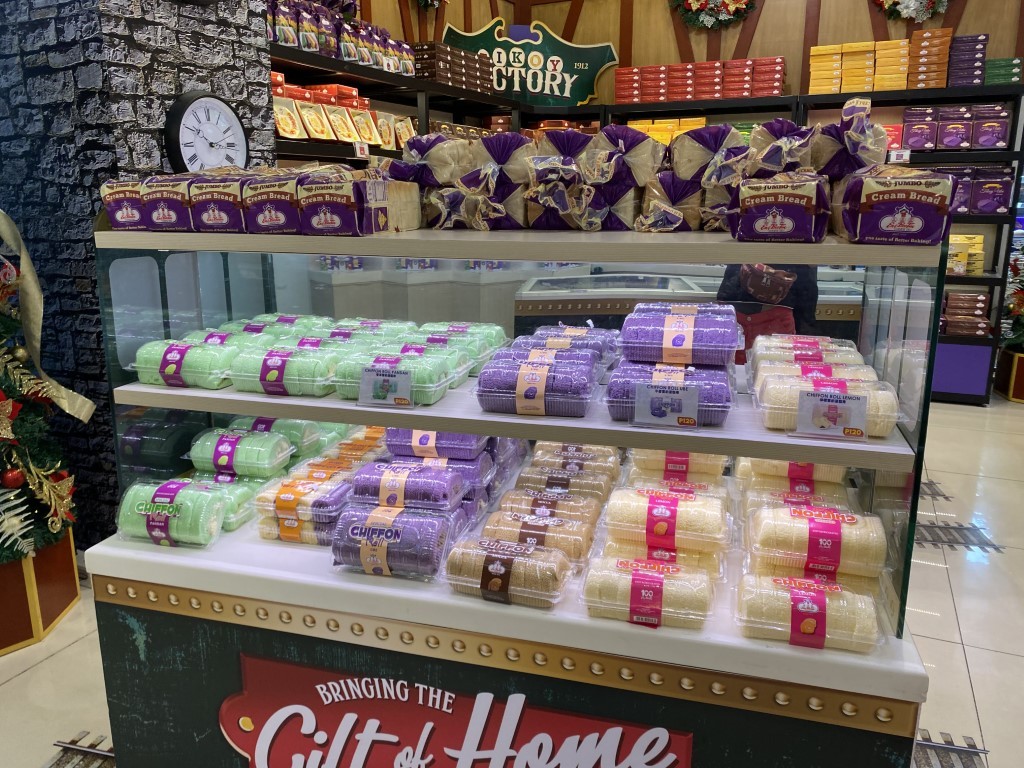
Eng Bee Tin’s main chiffon rolls
- Chiffon Roll Chocolate
- Chiffon Roll Lemon
- Chiffon Roll Mocha
- Chiffon Roll Pandan
- Chiffon Roll Ube
Savory products
Sauces, pastes and dressings
Mr. Ube Noodle sauce and Chili and garlic sauce
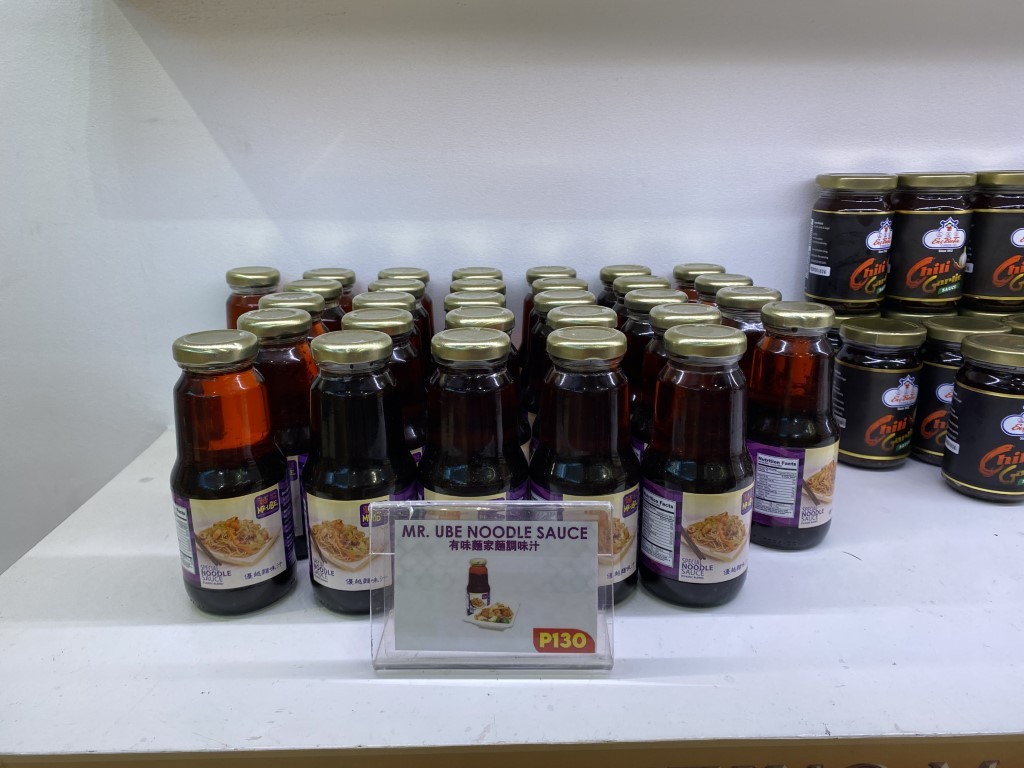
Mr. Ube Noodle sauce and Chili and garlic sauce are one of Eng Bee Tin’s staple sauces. Both of them have a garlic flavor that nicely pairs with noodles and vegetables. Apart from that, the spiciness of chili pepper very well goes with meats like pork or beef. On the other hand, the traditional Mr. Ube Noodle sauce is perfect for main dishes with chicken and seafood too.
Chinese Bagoong
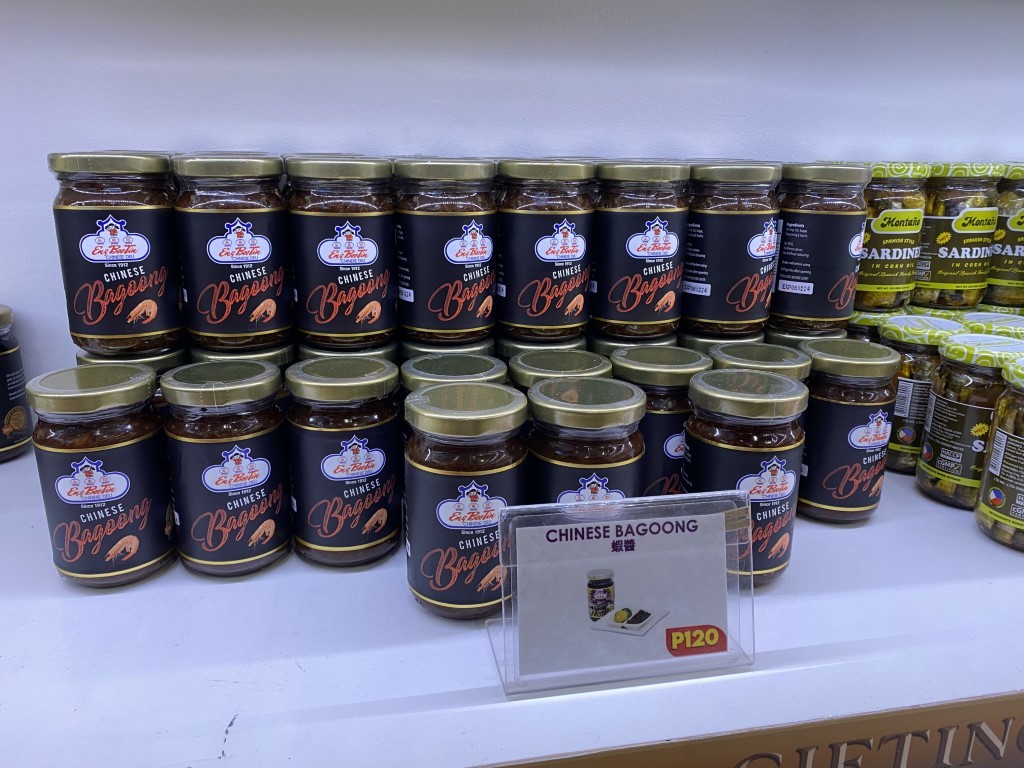
The next sauce or paste that is a must in the Chinese kitchen is bagoong. This Eng Bee Tin’s Chinese Bagoong is a shrimp, or a fermented fish paste that has a characteristic, slightly sweet and salty taste. In some regions of the Philippines, another very popular bagoong version includes this made of sardines, anchovies or from herring.
Savory snacks
Finally, the list would not be complete without some classic savory snacks like spring rolls, meatballs or siomai.
Radish cakes AKA Turnip cakes AKA Chinese Lo Bak Go
Although the name might suggest that it is a sweet snack, it is not. This savory cake is a traditional Chinese dim sum dish. It is prepared with rice flour and with meat, dried shrimps, mushrooms and, of course, with this special daikon radish – turnip.
Shanghai rolls
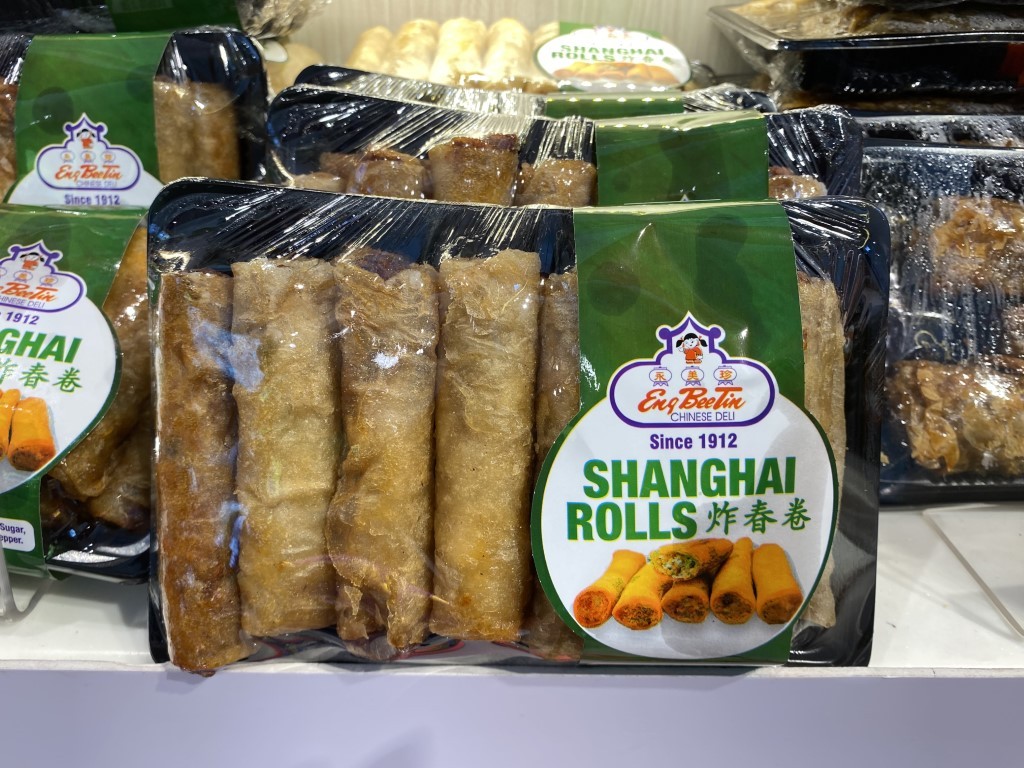
Although Shanghai rolls are like traditional spring rolls, these Chinese snacks have still some differences. First of all, they are thinner and longer than their classic versions. Apart from that, they have a denser texture due to the added egg to the wrapping dough. In the Philippines they are known as Lumpia or Lumpiang. Very often they are served cut into smaller pieces and eaten with some sauce for dipping.
Pork and shrimp siomai

Another Chinese staple quick bite or dim sum snack is siomai. The snack originates from the Cantonese cuisine and is popular in many southeast Asian countries. Siomai are small dumplings stuffed with some ground pork meat, shrimps, egg and vegetables. Siomai are prepared from flour with some cornstarch and water. Finally, siomai are steamed. Traditionally, steaming should be handled in the special bamboo box or tray.
Fried meatballs
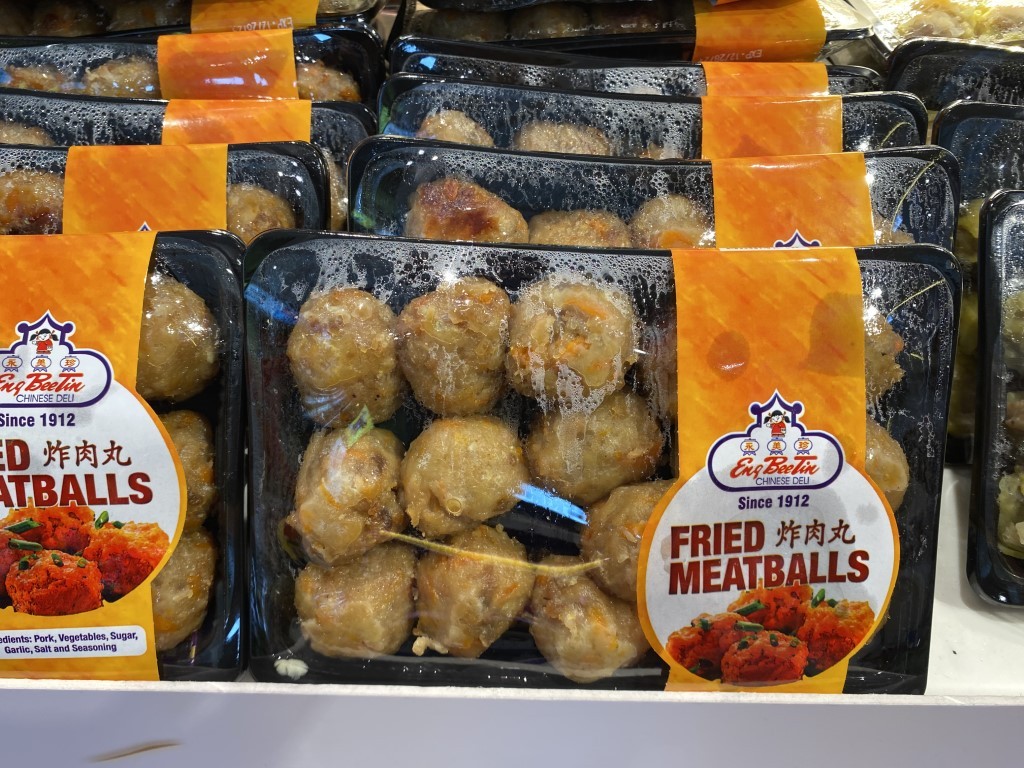
Chinese cuisine loves meat balls. Pork, seafood or beef balls are served either boiled or fried. In the Eng Bee Tin’s product list are available these fried one that are a great quick bite. Before eating them, dip fried or boiled meatballs in a sauce. Alternatively, just enjoy them alone.
Machang mushroom chicken and pork
Machang is a rice and meat snack wrapped in a lotus, reed or bamboo leaf. These usually pyramid-shaped snacks are prepared from a glutinous rice that is stuffed with pork, chicken, dried shrimps and some vegetables and mushrooms. Finally, machang is either steamed or boiled and served in the wrapping leaf. The inner part is slightly chewy, especially when it is steamed and not cooked. On the other hand, steaming gives a softer texture to the machang.
As this snack originates from the Cantonese cuisine, it could not be omitted in the Eng Bee Tin’s product list.
So many good products, so many tempting flavors and such a long tradition! Good ingredients, unique flavors and such a wide selection! Yes, definitively it was worth going to that Eng Bee Tin’s flagship store in Ongpin, Binondo located in the Chinatown in Manila, in the Philippines! And you should definitively do it too!
Date: 2024-01-19
Author: Beti – A passionate traveler and lover of Asian cuisine, especially Thai and Japanese dishes, Bernadeta brings her culinary and cultural experiences to life in her writing. Beyond her travels, she’s an avid technology enthusiast with a deep interest in data processing, merging her love for exploration with analytical insights.
Photographer: Adalbert – An aficionado of computers and photography, Adalbert captures the essence of diverse cuisines with a discerning eye. A connoisseur of rich flavors and particularly fond of meat-based dishes, he combines his technical skills with his passion for the culinary arts in every shot.
EAT IN ASIA / Lifestyle / Shop









